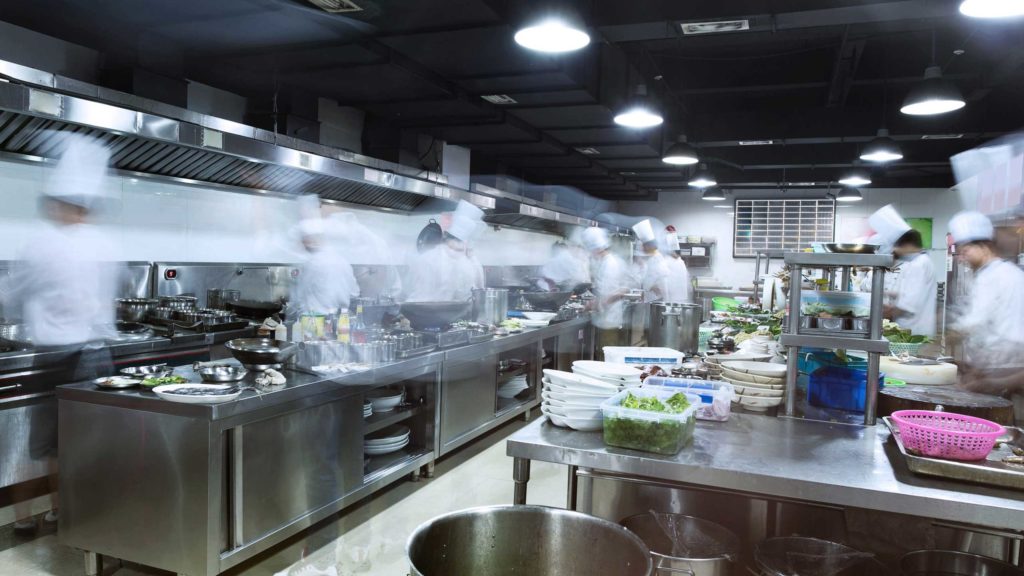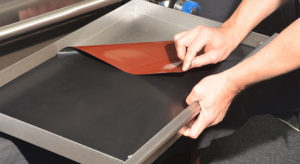
Understanding the Versatility of PTFE Coatings in the Commercial Kitchen
Both Technomic and Datassential project a steady rise in convenience store food service sales, driven by consumer demand for fresh, hot food options while refueling

But that’s pretty much where the diversity ends. Behind the plethora of unique independent restaurants suggested by a screen, one warehouse may hold 15 of the restaurants. Whether you’re craving classic Italian pizza or kung pao chicken, chances are it’s all coming from the same kitchen. A ghost kitchen.
There is no ghost kitchen without the emergence of food delivery apps like Grubhub, UberEats, and DoorDash, which scrape as much as 33% off the total order value of each delivery, rendering the restaurant’s margin close to 0%.
Ghost kitchens are driving innovation and creating more options while cutting the start-up costs of a brick-and-mortar brand. With no front-of-house employees, the greatest cost factor of running a restaurant is eliminated. Ghost kitchens seem like the ultimate lightweight champions by running on a fraction of the costs of a chain, and investors have been betting on their winning streak continuing into the future, estimating they will create a $1 trillion market by 2030.
But in that final stretch between kitchen and customer, costs still bloat, and that 30% delivery rate carves deep into a restaurant that has no other way to get their food to the customer.
Odds are, the basic odds for a start-up restaurant will stay the same. Only 20% will succeed, but they will set the new standard for how consumers expect to receive their food. Anyone else in the game? Time to catch up.
The emergence of ghost kitchens is an indicator of where the market is headed. Just as retail experienced a gravity shift in the late 2010s from in-store to online shopping, restaurants are seeing a transition that is likely to stay. Because of that, restaurants can start to invent in cost saving programs to save their bottom dollar from slipping to third party apps:
Integrate delivery into the business model to by-pass the need for third-party delivery altogether.
Opt for smaller, more ergonomic kitchen footprints and more drive-thru lanes over dining space. Which many QSR chains already are.
Build a brand with ethos, because that’s what consumers want more than ever. Most ghost kitchen failures will be a result of failing to capture customers’ repeat business.
Ghost kitchens don’t spell death for the “old way”, in-person dining will take its place in the new system, but shouldering in space for delivery is a necessary integration. Learning from these concepts (and their many failures in these first few years) will make for valuable insights, and new systems for fulfilling orders will emerge as a result. Right now, consumers want their food as conveniently and safely as possible, but delivery hasn’t delivered quality. Innovators: it’s your time to shine.

Both Technomic and Datassential project a steady rise in convenience store food service sales, driven by consumer demand for fresh, hot food options while refueling

According to the National Restaurant Association the U.S. restaurant industry surpassed $1 trillion in sales in 2024 and continues to rise rapidly, with quick-service restaurants

The convenience store landscape is undergoing a dramatic transformation, with enhanced food service now driving 58% of all convenience store spending. As major players like
PTFE, Tailored for Food and Industrial Applications. When it comes to high-demand production environments, custom PTFE (Polytetrafluoroethylene) solutions from Essentialware provide unmatched versatility and durability